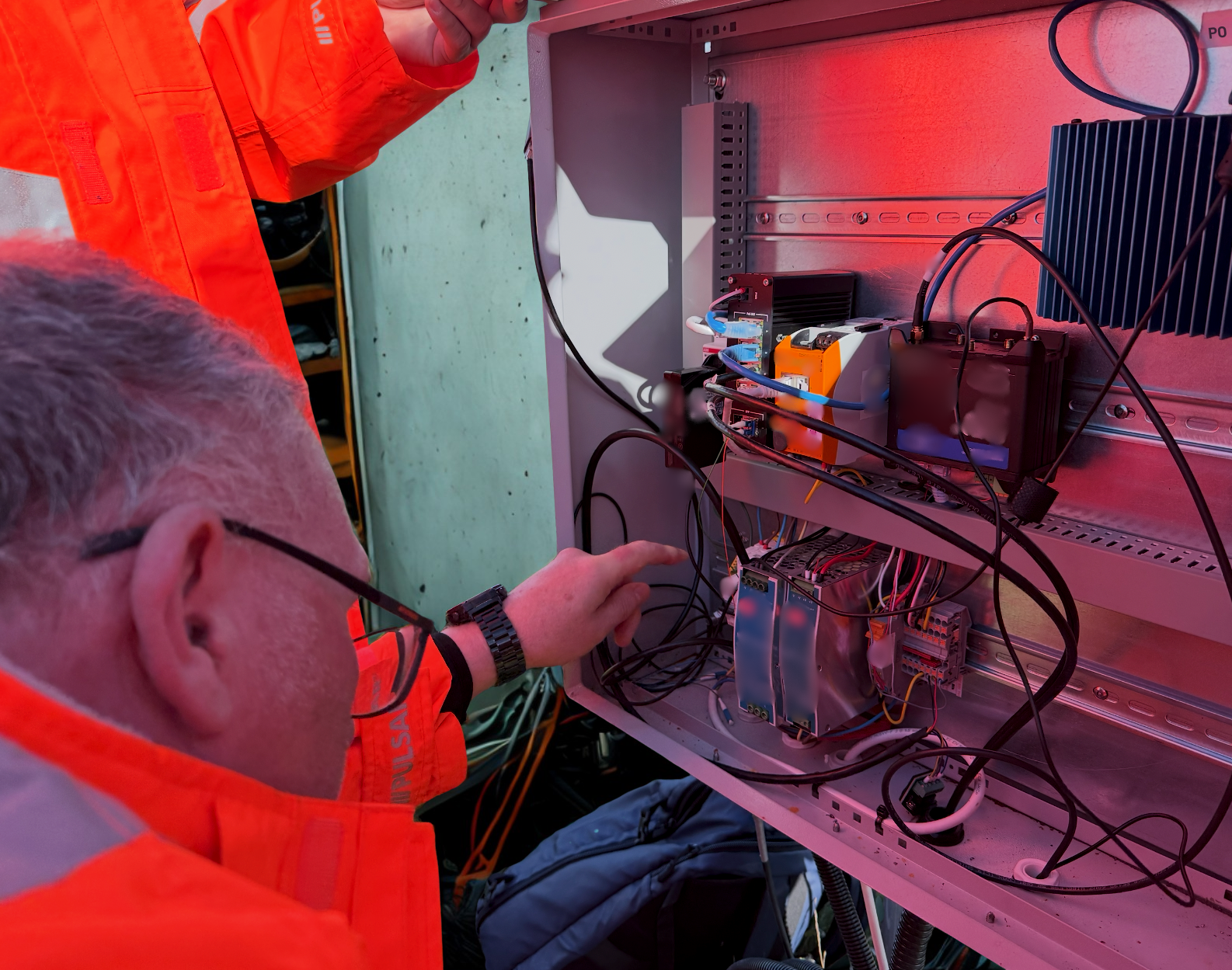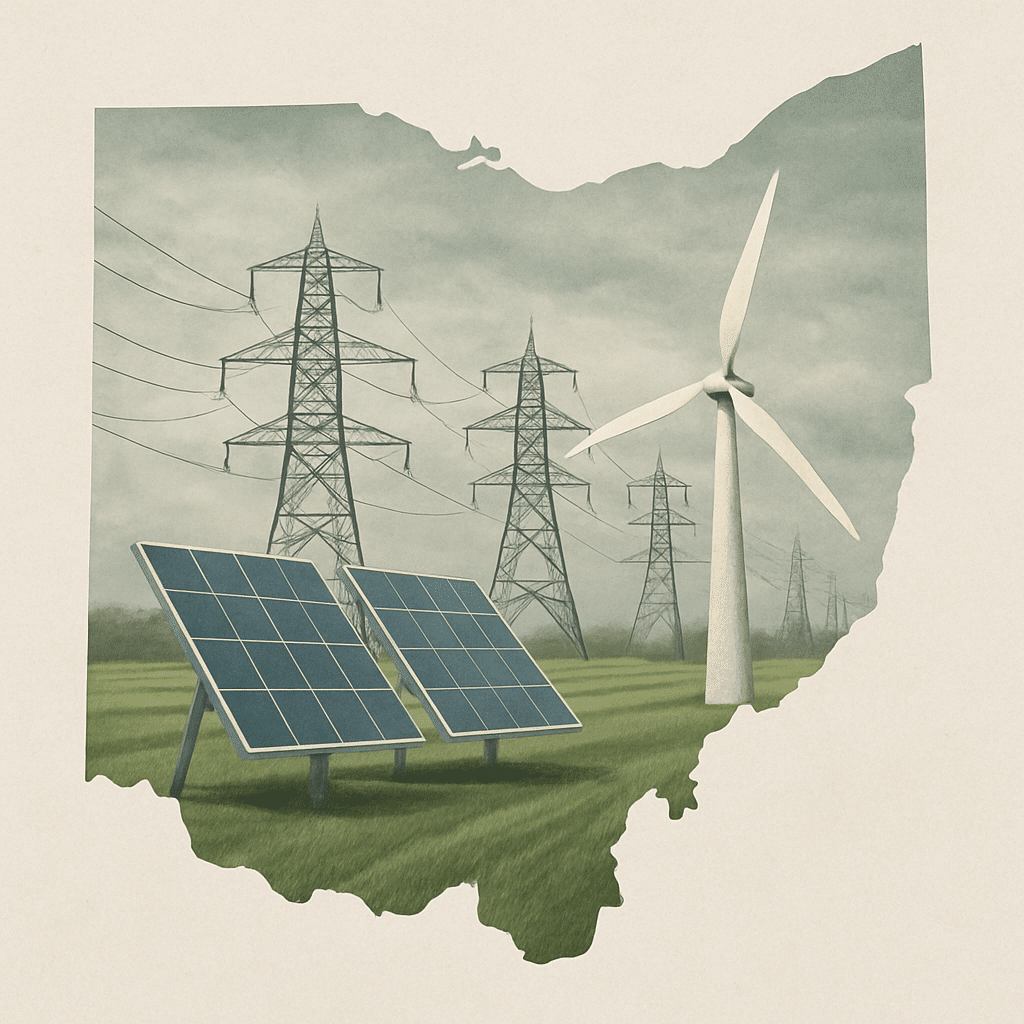
For years, companies have proudly claimed “100% renewable energy” — displaying green credentials backed by certificates and contracts. But the reality is more nuanced.
Companies often buy Renewable Energy Certificates (RECs) or Guarantees of Origin (GOs) to claim their electricity is “green.” These certificates represent the environmental attribute of renewable generation — not the actual electrons consumed. The physical electricity powering those facilities may still come from fossil-fuel sources on the local grid. This system was designed with good intentions, but over time it has become disconnected from physical reality, distorting the incentives that should drive renewable development where and when it’s truly needed.
The Commercial Disconnect in “Green” Energy
Today’s renewable energy claims often rely on Energy Attribute Certificates (EACs) such as Guarantees of Origin (GOs) in Europe or Renewable Energy Certificates (RECs) in the U.S. These certificates prove that one megawatt-hour of electricity was generated from a renewable source somewhere on the grid — but not necessarily when or where it was used.
Under the current system, certificates are typically settled monthly or even annually. This means a company can consume fossil-fuel electricity in December and “offset” it with solar generation from July. On paper, the business looks carbon neutral; in reality, the electrons powering its operations at the time were anything but clean.
This time and location disconnect undermines the credibility of net-zero commitments and distorts investment signals. Developers are rewarded for generation that doesn’t necessarily reduce emissions where and when demand is highest.
Instead of driving real-time decarbonisation, the framework often encourages accounting tricks over actual action.
The Economic Consequences
This disconnection between consumption and physical clean supply has real economic impacts:
Investment drift: Capital flows to regions where renewables are already abundant and cheap, rather than where they could make the biggest difference.
Grid inefficiency: Areas without sufficient local clean supply continue to rely on fossil generation, despite widespread “green energy” claims.
Market distortion: The perception of plentiful low-cost renewables can suppress prices in oversupplied regions and discourage new build-out elsewhere.
The result is a slower, less effective energy transition — and a marketplace that rewards perception more than performance.
The Shift Toward 24/7 Clean Energy
A growing movement is now pushing for 24/7 carbon-free energy (CFE) — ensuring every hour of consumption is matched with clean generation in the same grid region.
Leaders like Google, Microsoft, and initiatives such as EnergyTag are pioneering this shift. EnergyTag’s granular certificates timestamp and geolocate renewable generation, allowing buyers to verify that their electricity is truly clean at the time they use it.
This approach reconnects energy procurement with physical reality. It’s no longer about certificates; it’s about matching supply and demand in real time, creating a far fairer and more transparent system.
The GHG Protocol: A Turning Point for Global Standards
The forthcoming update to the GHG Protocol — the world’s most widely used greenhouse gas accounting framework — will accelerate this change. It underpins:
Corporate GHG inventories across thousands of organizations
Mandatory disclosure regimes (EU CSRD, UK SECR, US EPA programs)
Voluntary initiatives such as CDP, RE100, and the Science Based Targets initiative (SBTi)
More than 90% of Fortune 500 companies that report emissions use the GHG Protocol. When it changes, the entire global market shifts.
One key issue under review is that companies can currently claim zero-emission electricity from generation outside the grid or time zone of their consumption.
The Scope 2 Technical Working Group is developing new inventory rules requiring hourly and regional matching, ensuring that reported emissions reflect the true timing and location of electricity use. The Independent Standards Board (ISB) has endorsed this “granular accounting” direction, now open for public consultation.
This evolution marks a fundamental shift — from annual accounting to real-world alignment between consumption, generation, and carbon impact.
A Market Rewired: How 24/7 Clean Energy Will Reshape Every Player in the Power System
The shift to granular, 24/7 clean energy accounting is more than a compliance exercise — it’s a structural transformation of the electricity market.
For corporate buyers and data centres, it means moving beyond annual, paper-based claims toward dynamic procurement strategies that align real-time demand with local clean generation. Energy buying will become a continuous process, combining flexible assets, storage, and accurate data to deliver truly zero-carbon operations.
For renewable developers, investment priorities will shift toward projects that deliver when and where demand peaks. Clean generation that supports grid balancing or provides nighttime and seasonal coverage will hold greater commercial value than surplus production in oversupplied regions.
For utilities and grid operators, new data and verification infrastructure will be critical. Those who build transparency and flexibility into their systems can unlock new value streams through regional carbon optimisation and real-time matching services.
The entire ecosystem — from generation to consumption — is being rewired around time-based carbon truth. And that creates new commercial opportunity for those capable of linking technology, data, and market insight.
Full Stack Energy: Bridging the Technical and Commercial Divide
At Full Stack Energy, we understand that true decarbonisation requires both technical precision and commercial insight.
As the market shifts toward 24/7 clean energy and granular carbon accounting, we work with corporate consumers, data centres, developers, utilities, and grid operators to create practical, data-driven solutions that align with new GHG Protocol standards and emerging market structures.
We help clients design energy strategies that connect real-time consumption with local, verifiable clean generation — unlocking commercial value while meeting the next generation of emissions requirements.
The future of energy will be transparent, flexible, and rooted in measurable carbon truth.
And those who act now will lead the transition.
Let’s Talk About Your Project
Whether you’re developing renewables, operating a grid, or managing large-scale energy demand, Full Stack Energy can help you navigate the transition to a 24/7 clean energy future.








